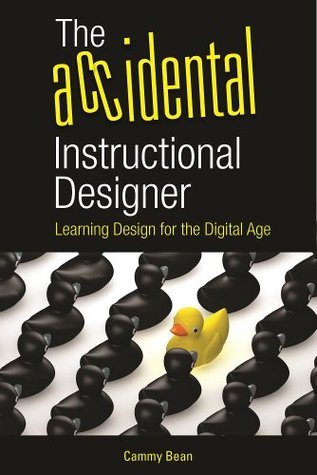More on this book
Kindle Notes & Highlights
by
Cammy Bean
Read between
February 18 - February 21, 2018
What about your e-learning programs? Is the navigation clear and intuitive or do you need to spend three minutes explaining every button and feature of the interface? Far too often, learning organizations spoon feed people in how to navigate a course, spending precious time explaining where the “next” button is and that they should click it to move on to the next screen.
the ADDIE process (analyze, design, develop, implement, and evaluate).
Ask Mark, “What does success look like on this project? How will we know that we’ve hit this one out of the ballpark and scored a home run?” His answers may not be what you expect. Document whatever he says and let his vision of success help drive your vision for the project.
the purpose of e-learning can’t be to create expertise, because expertise takes years to develop. Instead, we should be aiming to create minimal competence.
Let’s face it, the CBT Lady is probably a SME turned instructional designer.
The risk is that without doing proper analysis you could be missing the real desired outcome and perhaps not designing the right learning solution at all.
Learning models are patterns of interactions and activities to ensure any learning you create is effective. Using a learning model when developing rapid e-learning allows you to accelerate your writing and development by giving you a repeatable structure to follow.
What do you want the learner to be able to do after completing this program?”
People aren’t successful because they have information. They’re successful because they know how to use it!
Bottom line, begin with a bang. Avoid the blah-blah-blah and help people see why these programs matter.
Although clicking a “next” button technically denotes interaction, this is not the type of interactivity that people aim for when they talk about creating “more engaged learners.” Interactivity is about what happens in between all those “next” buttons.
“Stories are like flight simulators for the brain”
bad things get more thought and attention than good things (Baumeister, Bratslavsky, Finkenauer et al., 2001).


